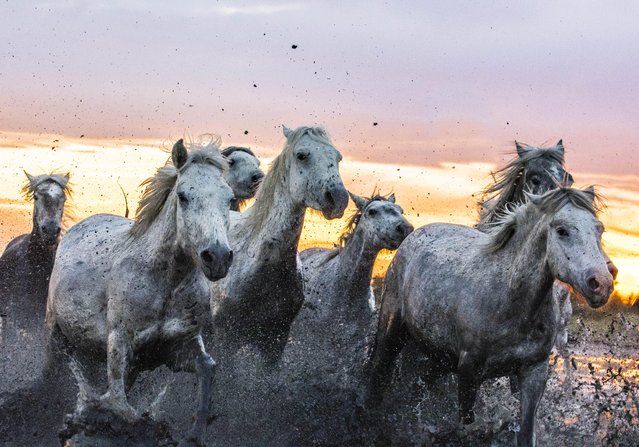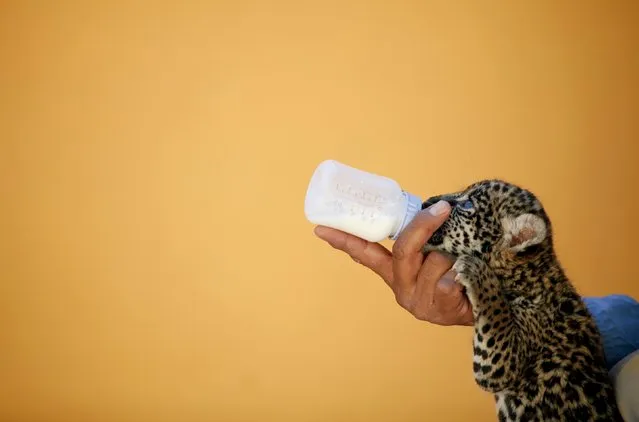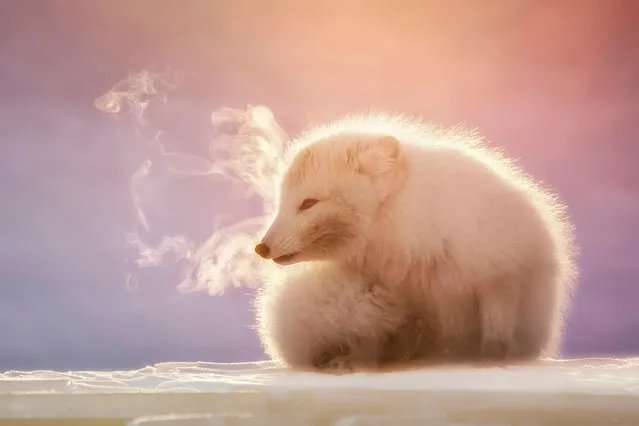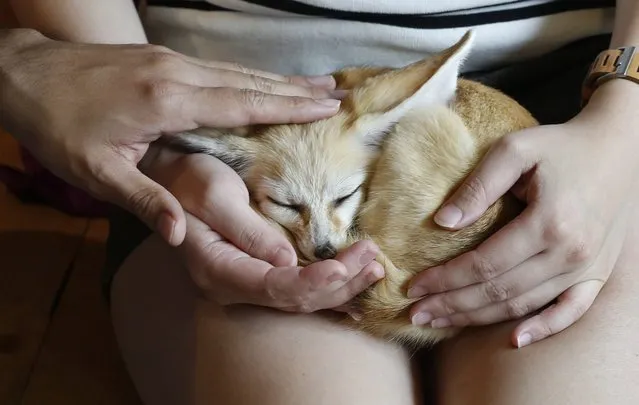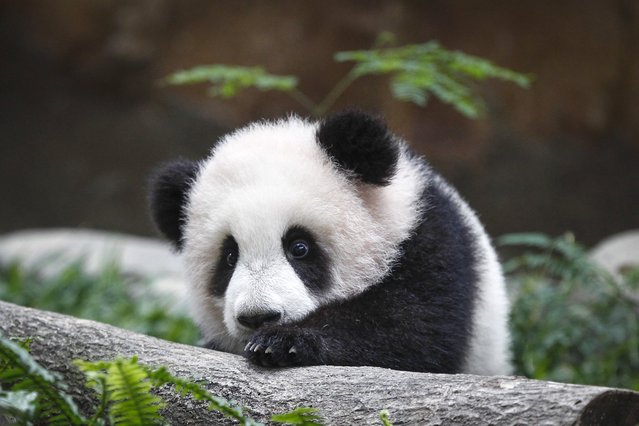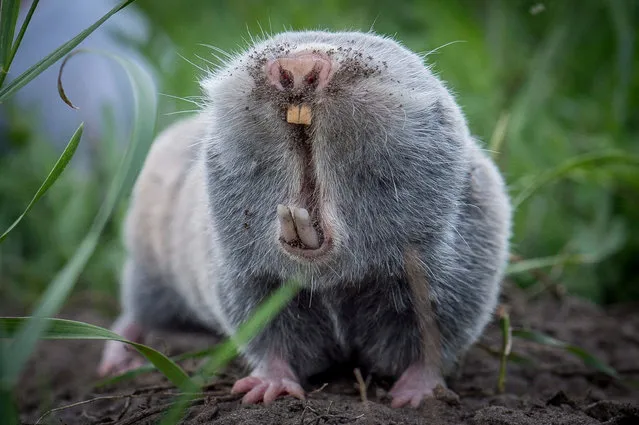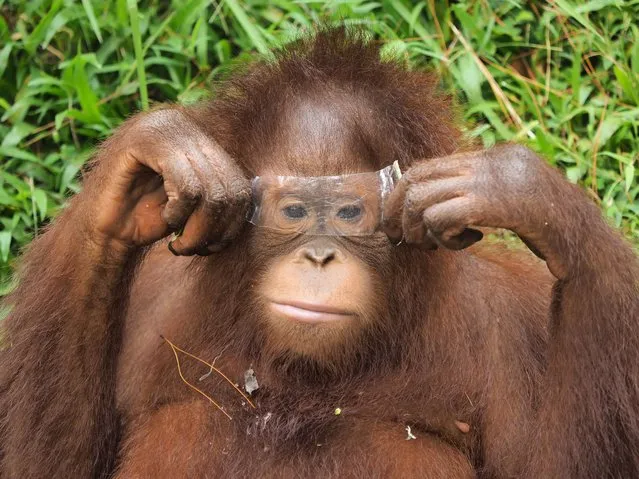
This sumatran orangutan named Kulsum was captured playing with a piece of broken bottle making a pair of makeshift sunglasses to ward off the sun in Jakarta, Indonesia in November 2022. Sumatran orangutans are critically endangered of the three orangutan species and are only found in the north of the Indonesian Island of Sumatra. An orangutan has a long lifespan and can live up to 30 years in the wild with many living up to 50. (Photo by Syahrul Ramadan/Media Drum Images)
15 Dec 2022 02:10:00,post received
0 comments

